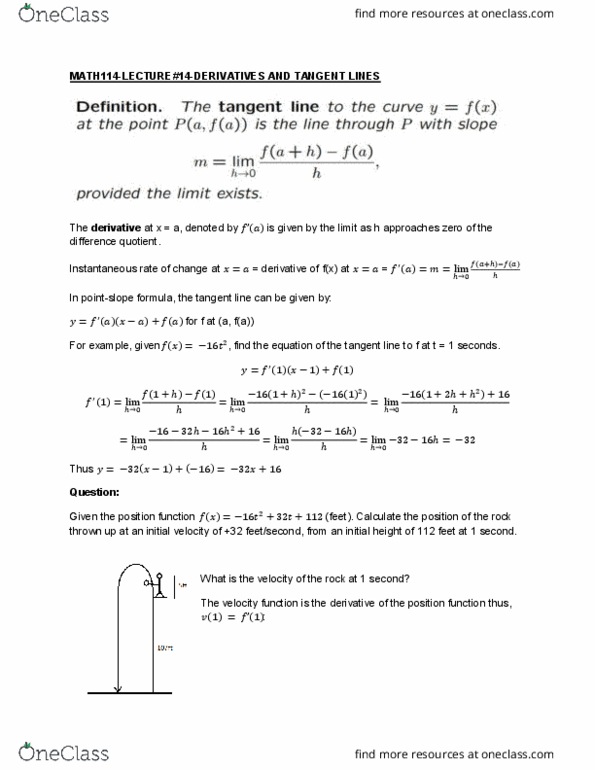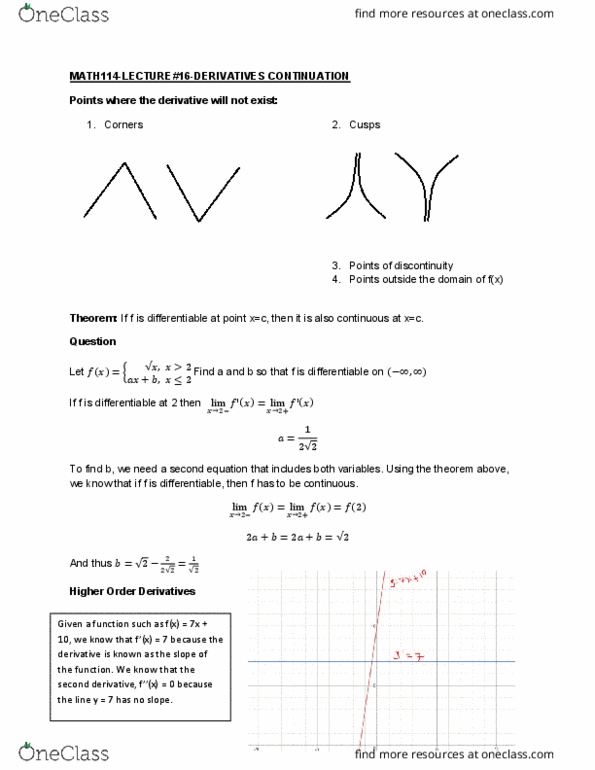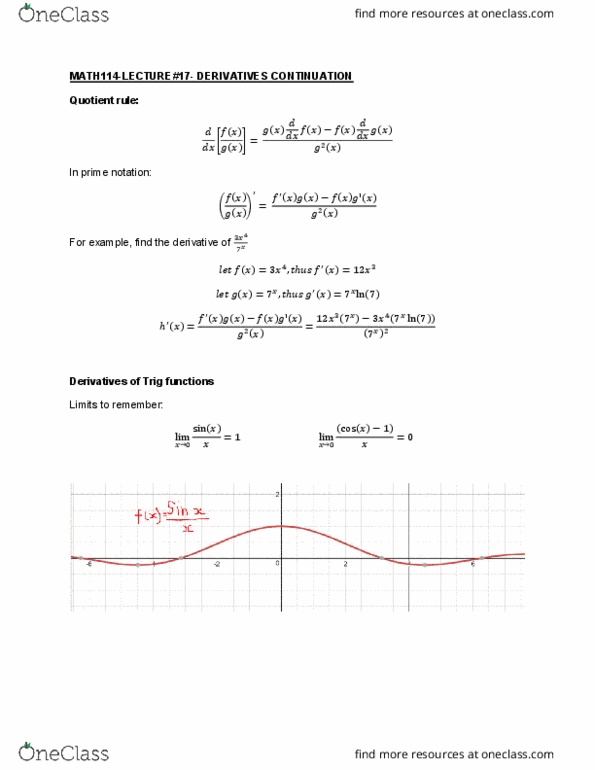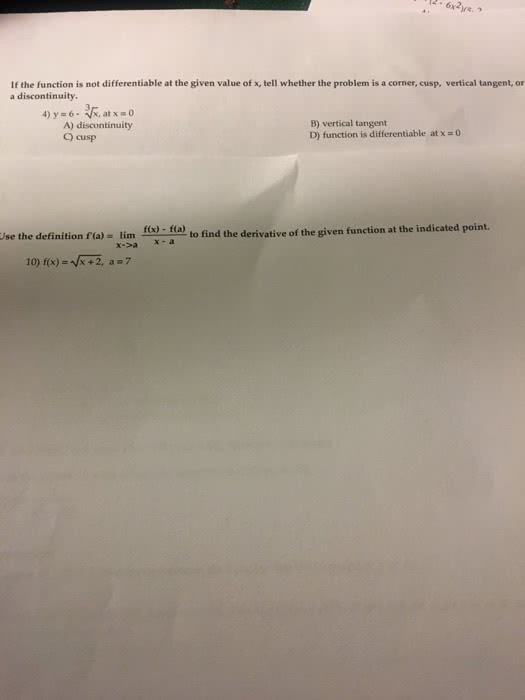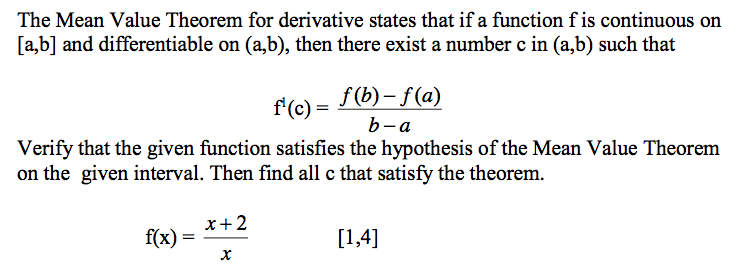MATH114 Lecture Notes - Lecture 16: Power Rule
MATH114 verified notes
16/19View all
Document Summary
Points where the derivative will not exist: corners, cusps, points of discontinuity, points outside the domain of f(x) Theorem: if f is differentiable at point x=c, then it is also continuous at x=c. ,>(cid:884) (cid:1853)+(cid:1854), (cid:884) find a and b so that f is differentiable on (cid:4666) , (cid:4667) If f is differentiable at 2 then lim (cid:2870) (cid:1858) (cid:4666)(cid:4667)=lim (cid:2870)+(cid:1858) (cid:4666)(cid:4667) (cid:1853)= (cid:883)(cid:884) (cid:884) lim (cid:2870) (cid:1858)(cid:4666)(cid:4667)=lim (cid:2870)+(cid:1858)(cid:4666)(cid:4667)=(cid:1858)(cid:4666)(cid:884)(cid:4667) (cid:884)(cid:1853)+(cid:1854)=(cid:884)(cid:1853)+(cid:1854)= (cid:884) To find b, we need a second equation that includes both variables. Using the theorem above, we know that if f is differentiable, then f has to be continuous. Given a function such as f(x) = 7x + (cid:1005)(cid:1004), (cid:449)e kno(cid:449) that f"(cid:894)x(cid:895) = 7 (cid:271)e(cid:272)ause the derivative is known as the slope of the function. We know that the se(cid:272)ond deri(cid:448)ati(cid:448)e, f""(cid:894)x(cid:895) = (cid:1004) (cid:271)e(cid:272)ause the line y = 7 has no slope.
